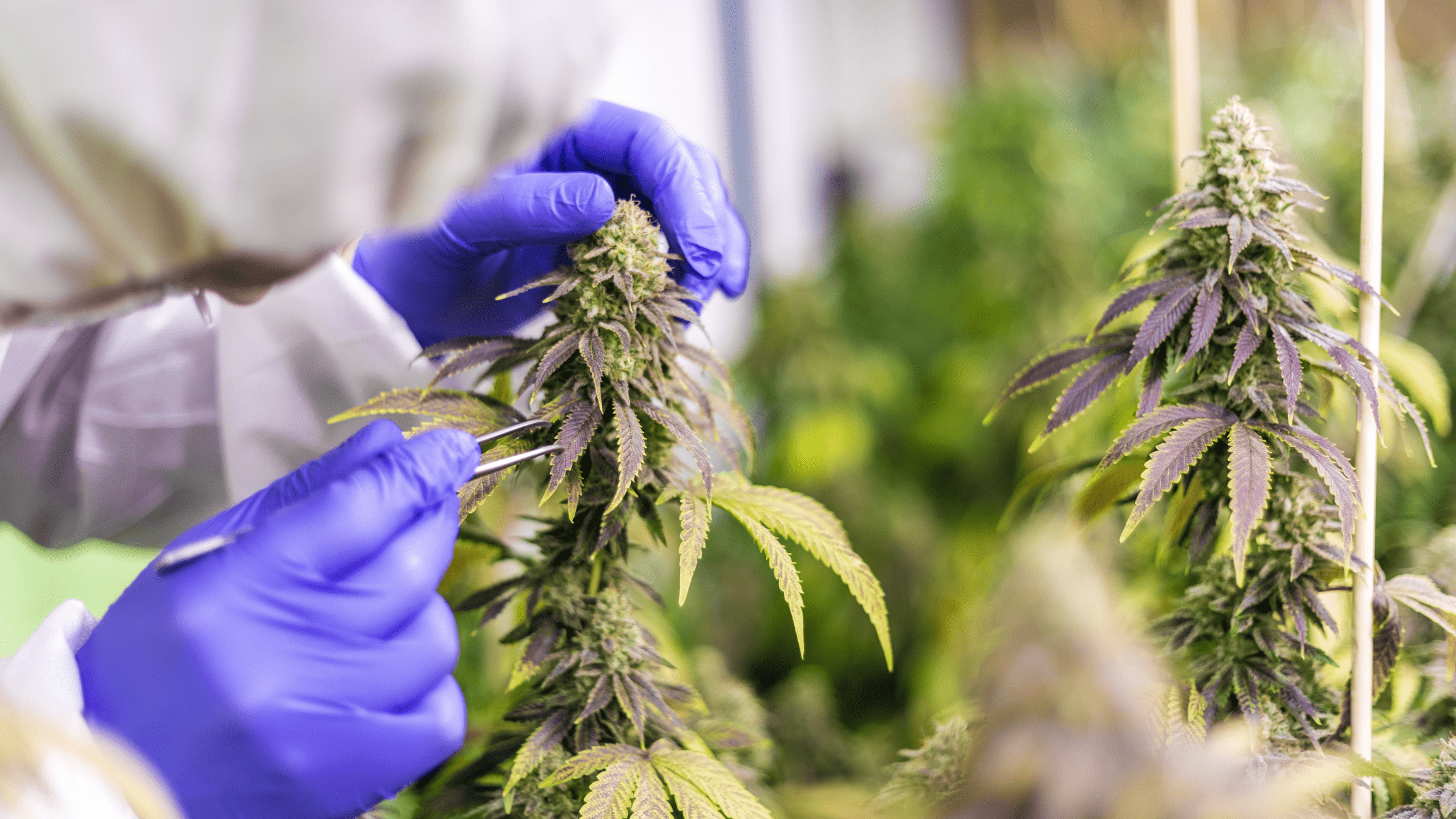Replicating successful harvests and refining cultivation efficiency
The Canadian cannabis industry has settled to a point where producers can make predictable profits. Pure Sunfarms and Rubicon Organics are great examples of this.
This level of stability has allowed new entrants and competition into the market. So how does a company set itself apart from other cultivators and processors? Does it have the best genetics? Are they operating a process that no one else uses? Is their product amazing or unique? Do they move volume through outstanding marketing and supply chains?
Whatever the reason, the one thing that makes all of these a success is a consistent and reliable product - that's safe for consumption and meets consumer quality expectations. How do you get to that level?
How to grow consistent quality cannabis
Cannabis plants have phenotype variability within each strain, meaning each plant will have slightly different observable characteristics. This is especially true in plants germinated from seed. With all this variability, having full knowledge of all your environmental inputs and real-time tracking of this information are extremely useful in reducing variability to have consistent and successful harvests. Among cultivators and manufacturers, sensors are a vital tool for capturing and tracking environmental and cultivation data.
Environmental sensor technology is not new to cultivation environments. Major agra-business collect and compile environmental data to work on continuous grow improvements all the time. It's a concept in cannabis cultivation that traditional growers often overlook.
When collected, production can examine the cultivation data for diagnostics purposes. Sensors that capture data in the cultivation environment, such as temperature, humidity, atmospheric CO2, leaf temperature, light quality and soil content, not only inform potential issues in a cannabis operation, but they can also inform on how to replicate a successful harvest.
If you can cross-reference the two data sets, environmental inputs over the plant life cycle against harvest data from your tracking software, you can replicate the same growing conditions to create a consistent product.
The cannabis customers are savvy and experienced. They know what they want and have a critical eye. They're looking for a high-quality product at a reasonable price time after time. As a producer, being unable to deliver consistency on a product SKU can lead your customers to explore other brands.
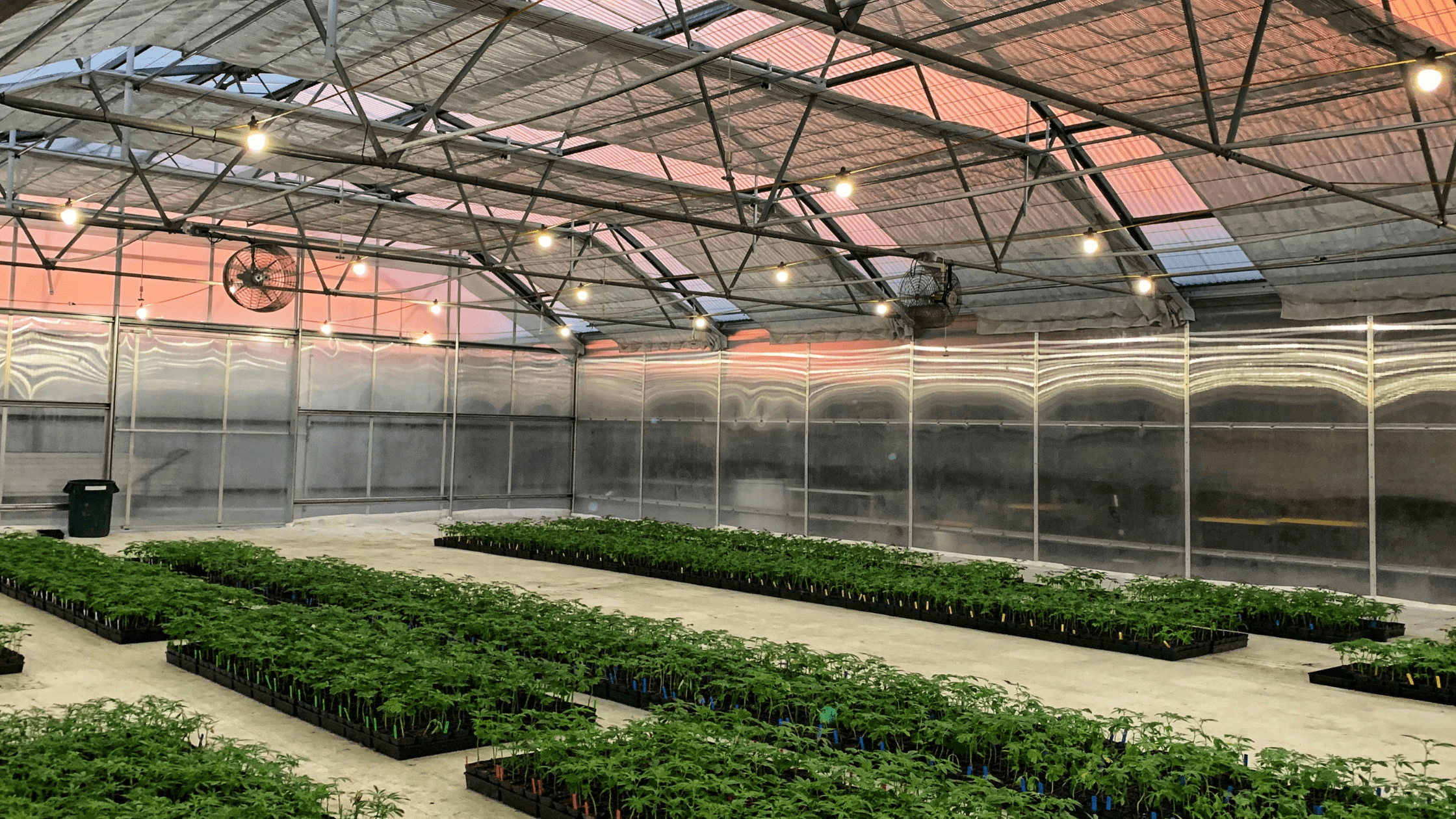
Challenges in cultivation data collection
Many cannabis producers have a hard time accessing harvest and environmental data. Data is difficult to access because it's often collected on paper forms, spreadsheets and other software. This makes it challenging to aggregate and summarize cultivation data as it requires the cultivation team to dig through production data in multiple locations, which is highly time-consuming.
Having smart sensors and equipment solutions that integrate with software can automate the data collection process and give real-time visibility into production. Having this insight helps to reduce time, labour and costs.
Equipment and sensors for environmental monitoring
Green Amber Canada is a vertical cannabis company with operations in British Columbia. Founded in 2017 at the dawn of Canadian legalization, it has extensive expert knowledge in cultivation, regulatory oversight, education, processing, and equipment. With years of experience in the market, it understands the quality of products in demand and how to achieve this standard.
As part of its many operations, Green Amber Canada performs research at cannabis grows and licensed producer facilities where they have set up their LED-ONE automated grow light and environmental sensors. As equipment and service providers, they have collected aggregate data from lighting and other environmental input and correlated it against the harvested batch quality. They have begun to notice some trends in the cultivation data, such as how leaf temperature affects yield or how many turns an organic bed can remain fertile without amendments.
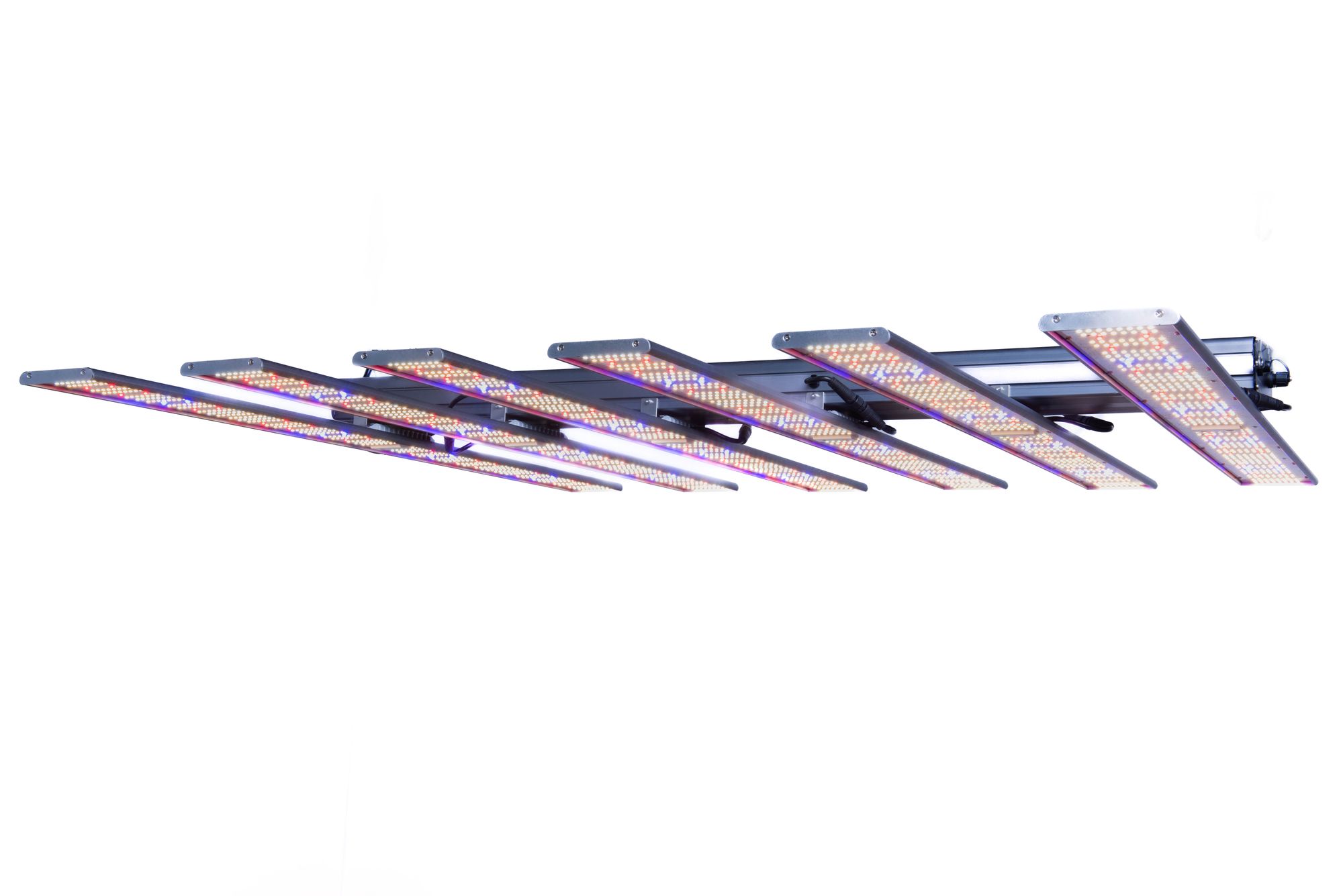
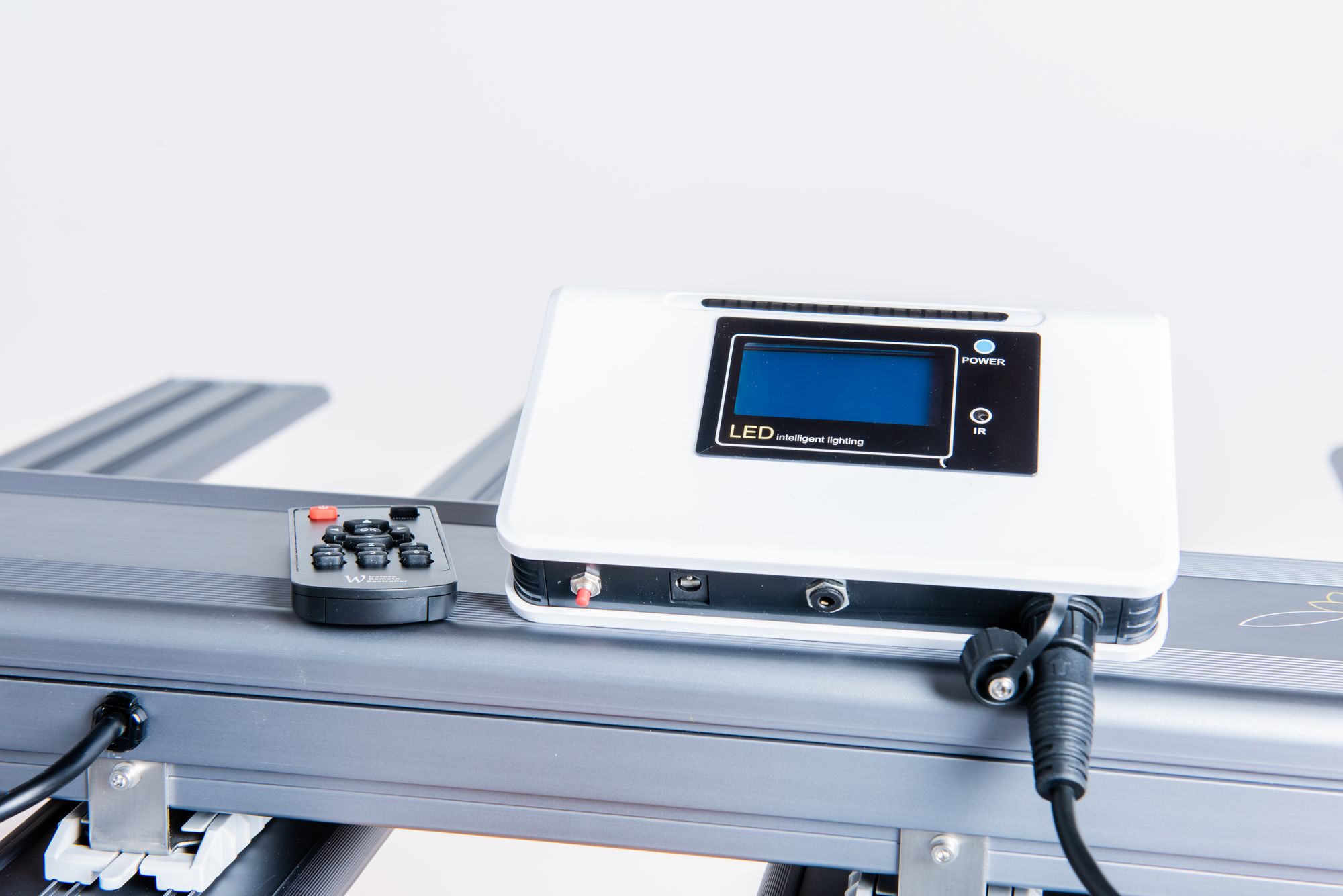
Green Amber Lighting Equipment
Typically, this sort of cultivation data is usually intuitively collected in the mind of a master grower. Having cultivation data contained digitally and accessible in real-time allows for constant adjustments, diagnostics and automated data capture tasks. Adjustments in lighting spectrums and duration can have several effects on plants. This saves time and money and can improve yields and the overall quality of the product.
Green Amber President Jonathan Fernandes has seen the impact environmental data can play in lighting alone. LED-ONE is a fully automated fixture that creates light quality based on spectrum, duration and intensity at a given time. These automated features were requested from growers when it was developing its lighting system and have proven useful in setups.
"In some of the licenced producers (LPs) we work with, we've noticed using the different spectrums and intensity can show variably in plant structure (i.e.nodes created and plant height) at different stages of growth. In other examples, we've seen how a mixture of spectrum that features blue light can increase cannabinoid content in some genetics." He says.
Green Amber has witnessed the effects of its lighting combined with environmental inputs. Including increases in overall cannabinoid content and terpene profiles, which help secure customers and sales.
In precisely measuring lighting and other environmental inputs against harvest data (especially data from certificate of analysis (COA) for cannabinoid content and terpene profiles), you can have the ability to recognize input trends to replicate them for successful future harvests.
With environmental and harvest information, any grower can start to develop procedural recipes to grow quality crops consistently. These "diagnostics" can be conducted daily, monthly, quarterly, or even yearly to identify positive trends or potential issues.

How Elevated Signals automates harvest and environmental data collection
Elevated Signals is a Manufacturing Execution System (MES) that helps cannabis producers digitize their production records and inventory. Elevated Signals can integrate with environmental sensors, allowing teams to access real-time visibility into their manufacturing climate.
Digital batch records allow cultivators to collect information on inputs (such as nutrients, pesticides, and time to flowering) and harvest data (terpene profile, cannabinoid concentration, and yield). Cultivators can create digital batch records and automatically add sensor data to the batch records. With Elevated Signals, growers have the complete picture of how a batch was grown, which allows them to replicate successful batches. Producers are equipped with the cultivation data to develop grow recipes, which are procedures and parameters to allow for repeatable, high-quality batches.
"With Elevated Signals, we're able to track our inventory, complete our quality record-keeping, and monitor environmental data in one place. This makes us much more efficient and significantly reduces the cost of our administration work," - Laine Keyes, Co-founder and Chief Cultivator of Habitat Cannabis.
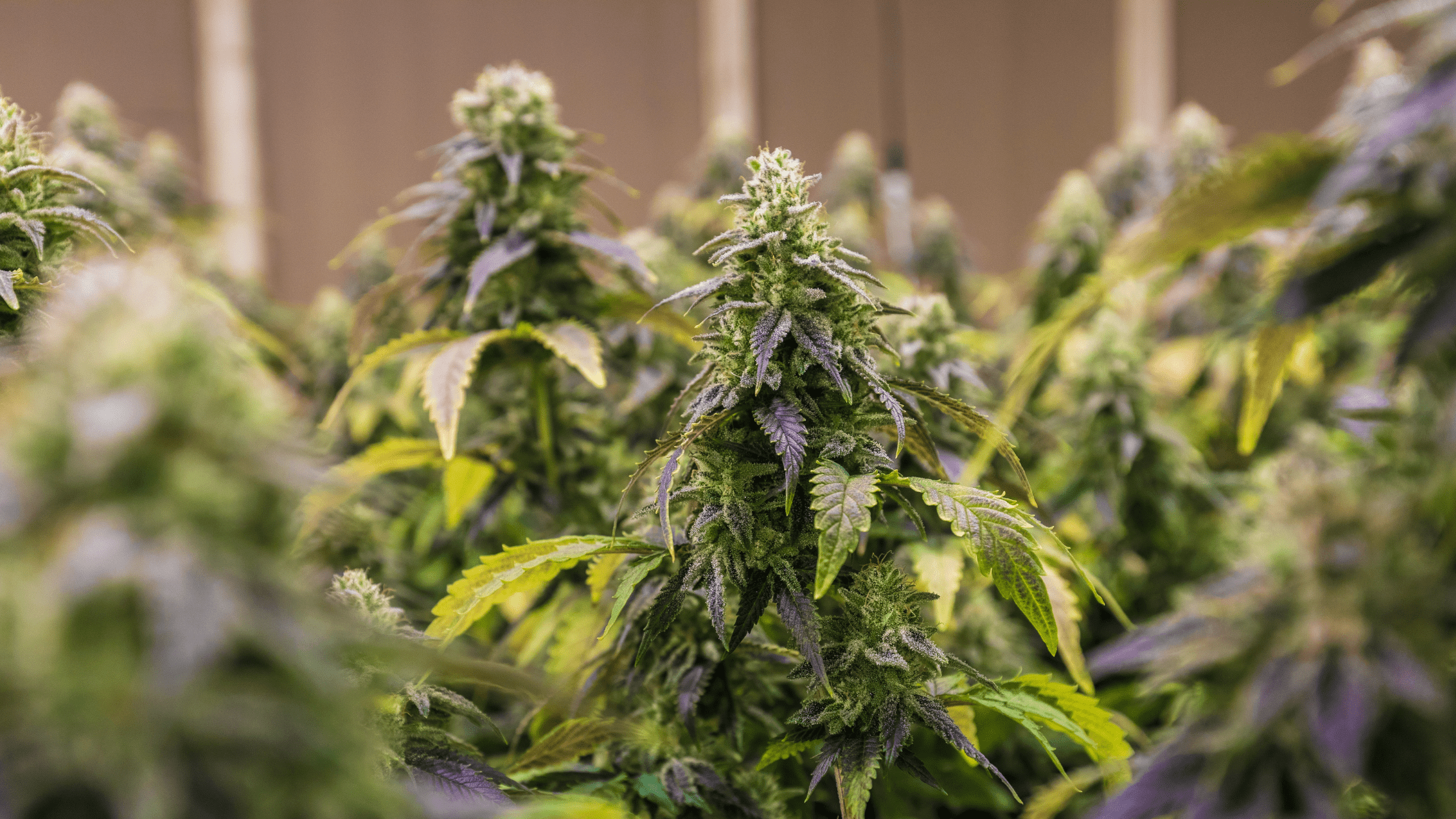
Sensors and MES Integrations
Grow recipes for environmental inputs alongside the ability to conduct diagnostics allows growers to set cultivation goals proactively.
MES systems can give the modern cannabis operator the ability to collect data and assess the outcomes of your operations in real time, which can gauge how effective your cultivation plan is. Access to data allows them to track previously identified trends to tackle challenges on the fly while making adjustments that keep the quality and production optimized. The Elevated Signals platform acts as a base to collect some input and harvest data. At the same time, sensors from Green Ambers' equipment offerings can be set up to monitor the environment of the operation. In the ANSI-95 pyramid, Elevated Signals sits at level 3, capturing outputs of production processes and summarizing that information in user-friendly software.
Various controller systems, equipment and software, must work in conjunction with each other to deliver informed and reliable information to make decisions. With an open API, Elevated Signals can pair with systems such as Green Amber lighting and sensors, and an MES can become a source of truth and traceability in the cannabis facility.
